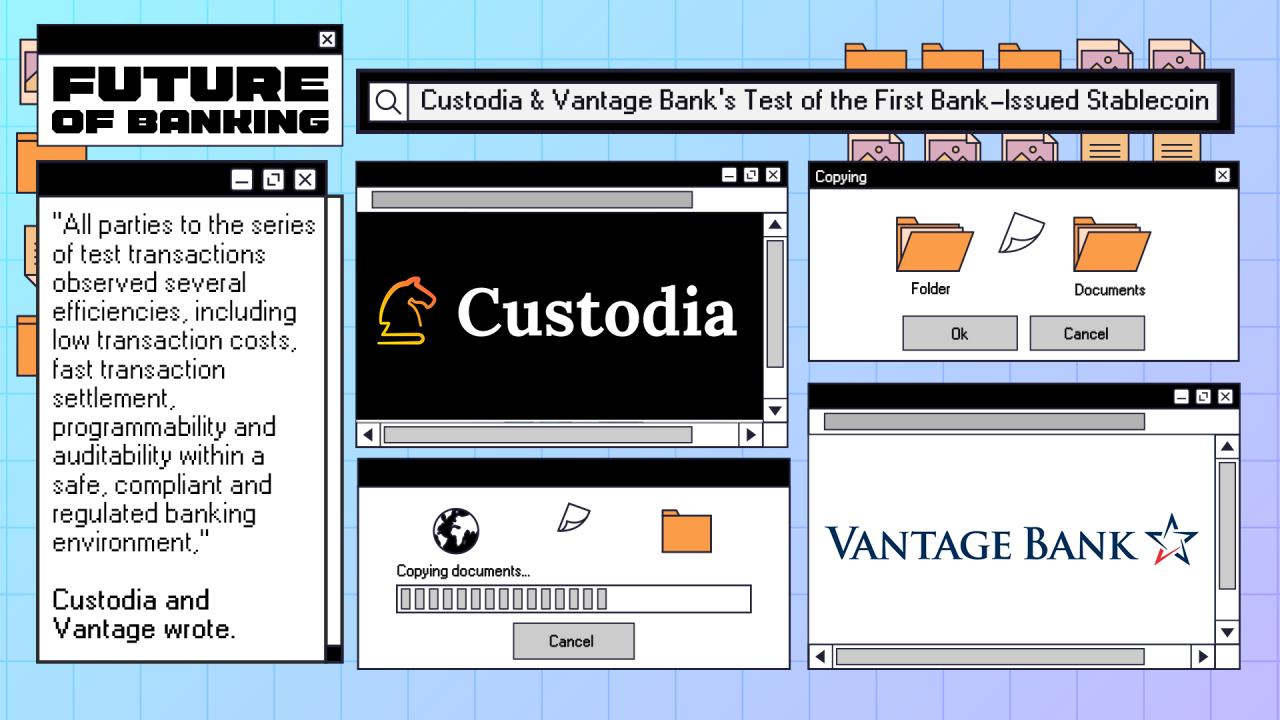Custodia Bank and Vantage Bank have successfully executed one of the first tokenizations of a bank’s USD demand deposits on a permissionless blockchain, marking a significant milestone in the financial sector. This achievement involved issuing, transferring, and redeeming Avit stablecoins for a bank customer, effectively establishing a new USD payment rail within the US banking system. As global demand for USD-backed stablecoins rises, this initiative showcases the potential of blockchain technology in mainstream banking.
The series of test transactions demonstrated multiple advantages, including reduced transaction costs, faster settlement times, enhanced programmability, and improved auditability—all within a secure, compliant, and regulated banking environment.
The process was carried out on the Ethereum mainnet using the ERC-20 standard. Custodia and Vantage Bank collaborated through eight transaction stages, allowing the bank customer to mint, transfer, and redeem Avit tokens. These transactions included self-custody, business-to-business transfers outside the banking system, and the eventual conversion of Avit tokens back into USD demand deposits at Custodia Bank.
Vantage Bank played a crucial role by managing stablecoin fiat reserves and facilitating Fedwire and ACH services. Meanwhile, Custodia Bank focused on blockchain issuance and redemption services, custody operations, transaction monitoring, and reconciliation through its Avit Management System. Both banks adhered to all regulatory requirements, including BSA, AML, and OFAC compliance, ensuring that their procedures met the highest standards, setting them apart from existing stablecoin issuers.
Custodia Bank representatives emphasized that this initiative demonstrates how US financial institutions can successfully collaborate to tokenize demand deposits on a permissionless blockchain while maintaining full regulatory compliance. Vantage Bank echoed this sentiment, highlighting the project’s contribution to advancing the financial landscape and illustrating the potential of blockchain technology and stablecoins to optimize payment systems.
This development represents a pivotal step toward integrating blockchain into traditional banking, reinforcing the credibility and utility of stablecoins in financial transactions. As regulatory frameworks evolve, such initiatives are expected to play a crucial role in shaping the future of digital finance.
By Alejandro Silva Ramírez, Crypto Analyst & Columnist

